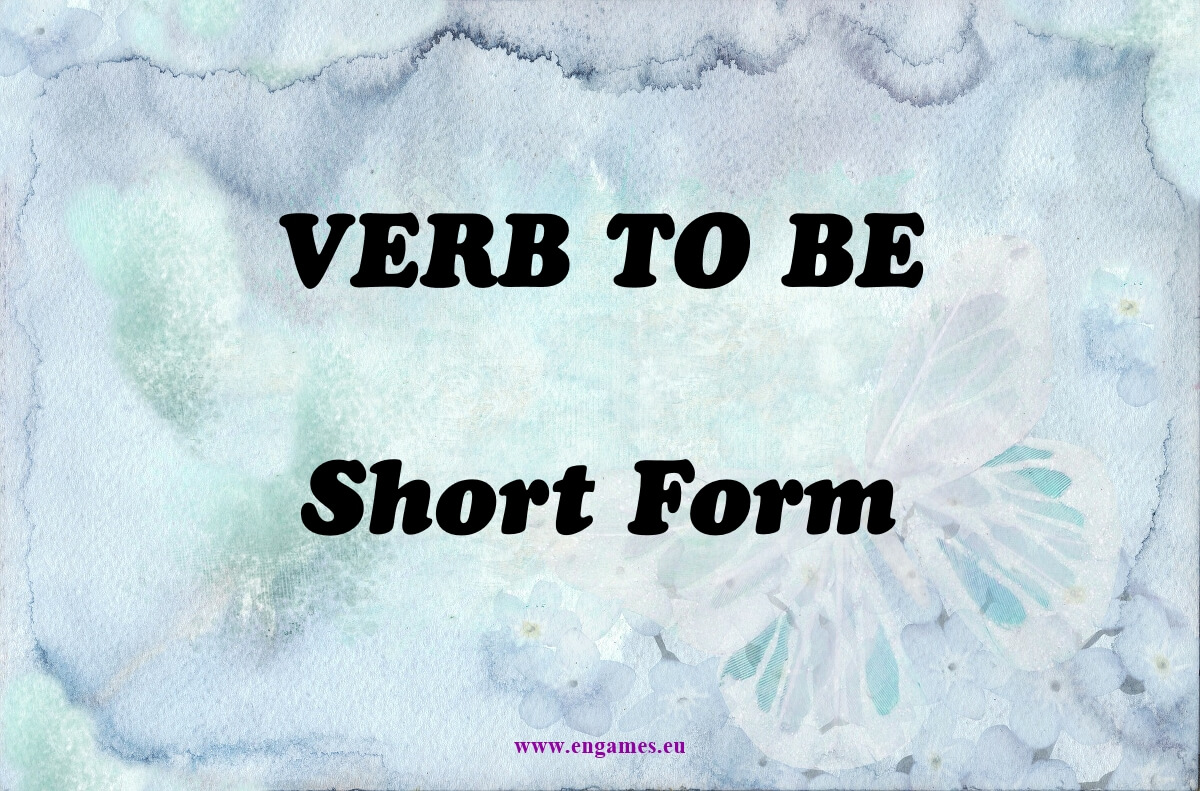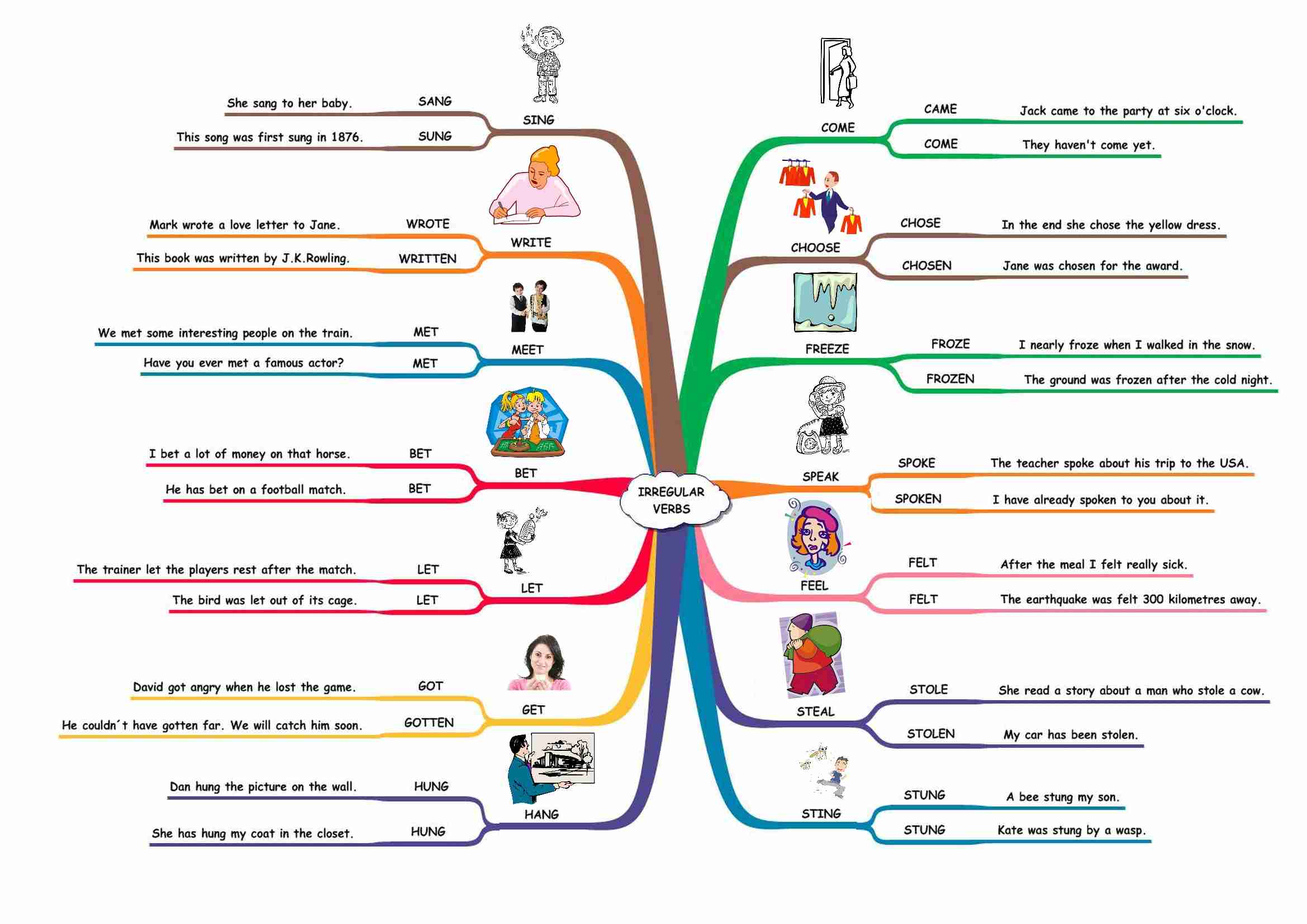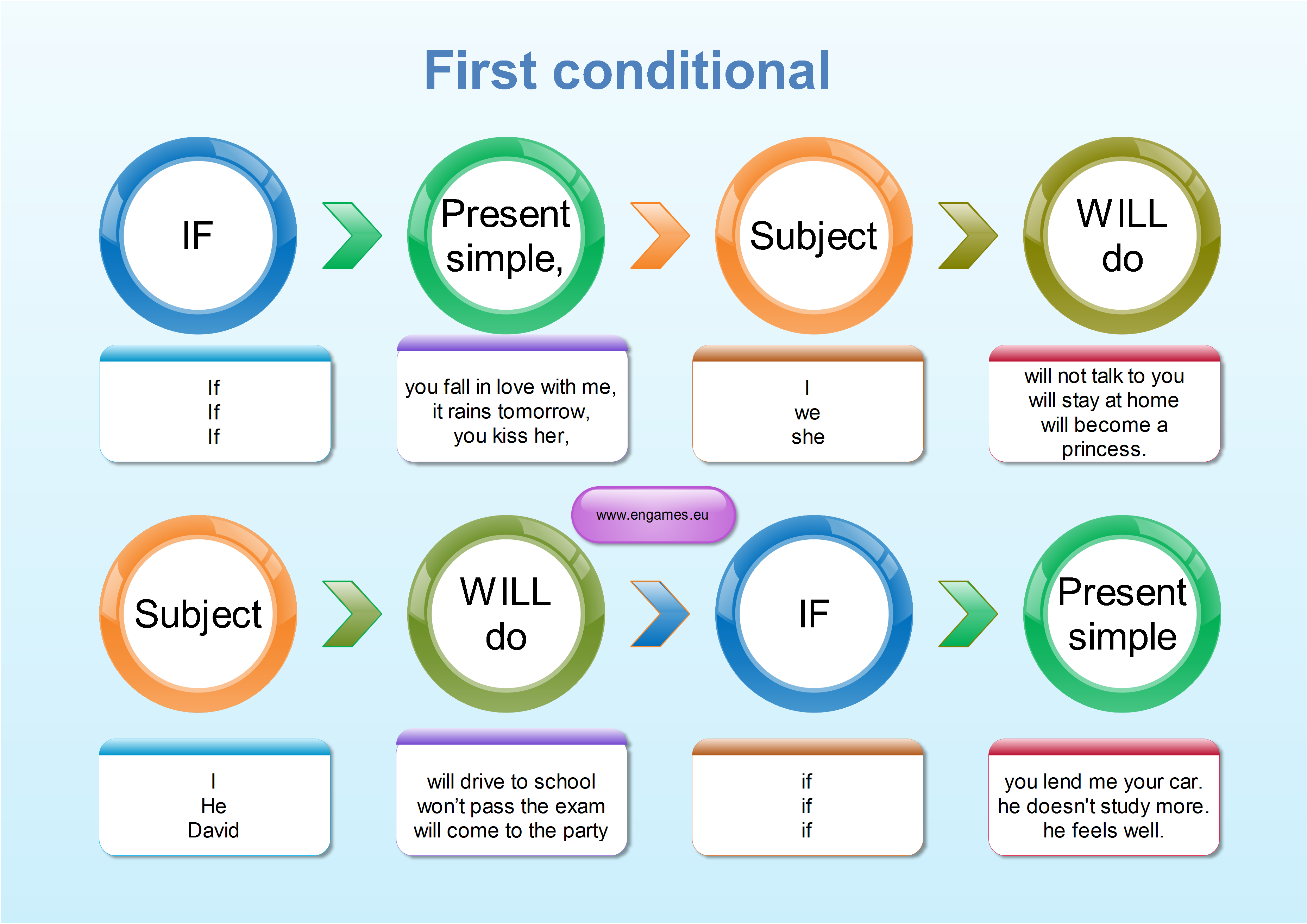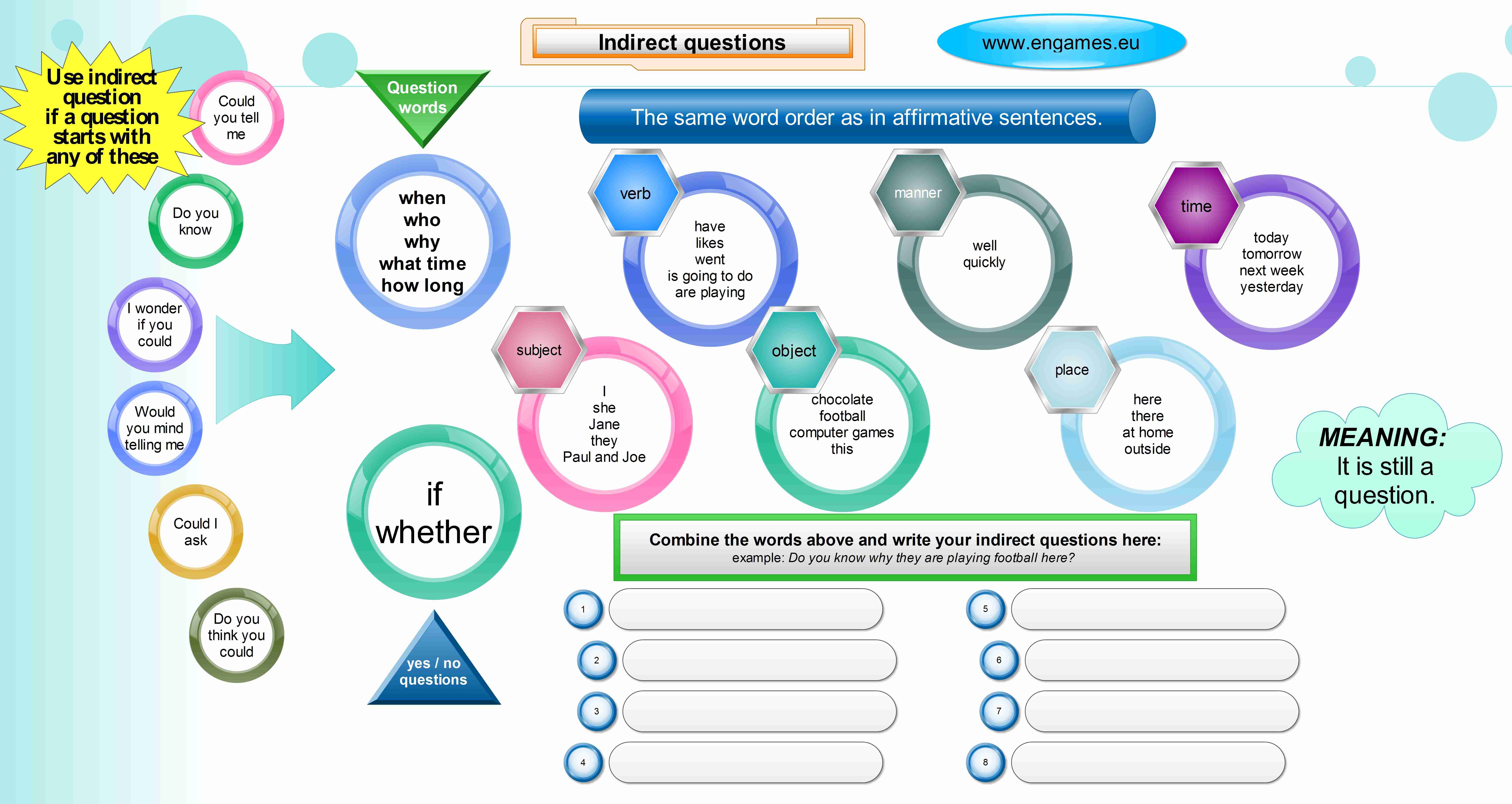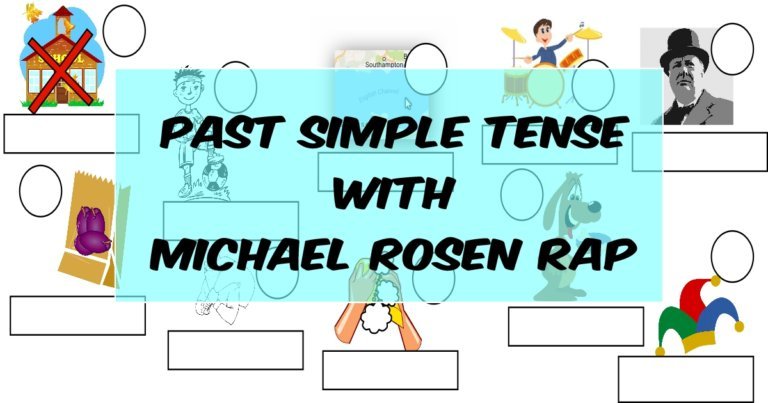When I teach the verb to be again – Lesson 2 – Short Forms
In the previous lesson, I taught the affirmative of the verb TO BE and now it is time to revise the grammar and explain the short forms.
First, we need to revise. Students need to revise a lot, or they will forget. So let’s start with revising the pronouns. Play, the following video. First, students listen and repeat and then they say the correct pronouns before they hear the correct answer.
ADVERT:
[showmyads]
Second, play the next video. Now, the students need to supply the correct form of the verb to be. Students need to read the whole sentences.
Third, hand out the cards from the previous lesson and students play the memory game.
Fourth, the teacher explains the short forms using the graphic organizer from the previous lesson.
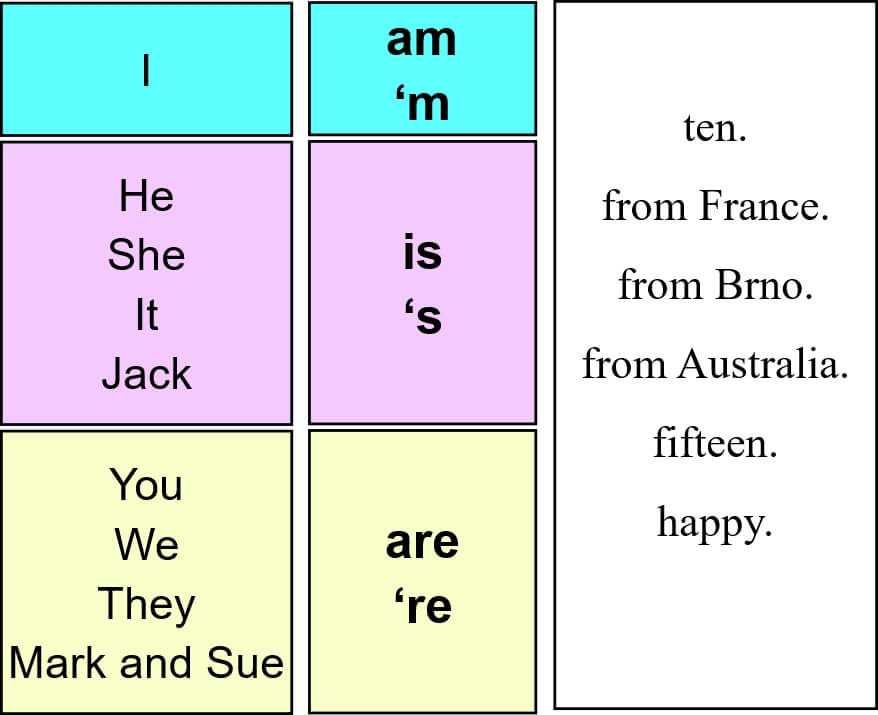
Fifth, students stand up and they make sure that there is enough space around them. Play the following video. Students now listen and point to the form of the sentence they hear. If they hear a short form they point to the right and if they hear a long form they point to the left. To make it more competitive, sit down those who make a mistake or hesitate for too long.
Sixth, play the following video and students repeat the sentence they hear, but they must supply the short form of the verb to be.
Seventh, hand out the following worksheet. As my students are very tactile and they love touching things, I created the following worksheet. Print it out (both pages on one piece of paper) and hand it out. Students cut the worksheet and now they can model the short forms by folding the slips correctly. If they fold them well, the short form will cover the long form precisely. In this way, they see the formation of the short form.
It is a good idea to repeat the most popular activities at the end of the lesson.
I hope you like the ideas which I share here and that they will come hand when you teach the verb to be.
